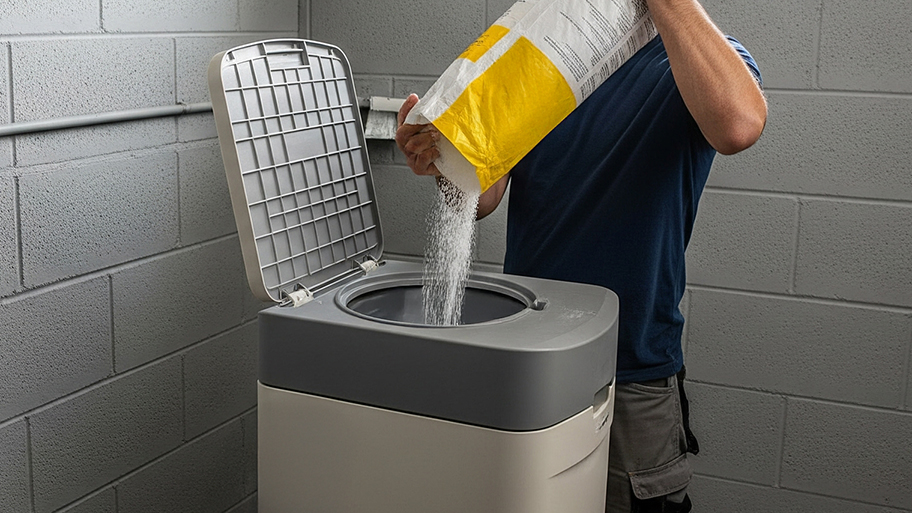
How much a water softener costs depends on your home’s size, and the system’s type and capacity. Our expert guide explores all the price factors.
Here’s how to know if your water is safe to drink


pH is a numeric scale from 0 to 14 that specifies whether a solution is acidic or alkaline.
The ideal pH of drinking water is 7.
Acidic or alkaline drinking water may taste bad and have adverse health effects.
Overly acidic or alkaline water can damage your plumbing system.
You can balance the pH of your home’s drinking water with a filtration system.
If taking a sip of your tap water tastes a little…funky, you might consider testing your water’s pH levels. Drinking water with a well-balanced pH not only tastes great but also keeps your family safe and healthy and your plumbing system in tip-top shape. Let’s dive into pH and why balancing its acidic or alkaline properties is essential for your home’s drinking water.
If chemistry isn’t your strong suit, don’t worry; we’ll break “pH” down for you. pH is a numeric scale that runs from zero to 14, which specifies the hydrogen ion activity concentration in a solution. The closer to zero the pH of a solution is, the more acidic it is. The closer to 14, the more basic, or alkaline, it is. Battery acid, for example, has a pH of 0, while bleach has a pH closer to 12. Learn more about pH and its effects on drinking water in a thorough report from The World Health Organization.
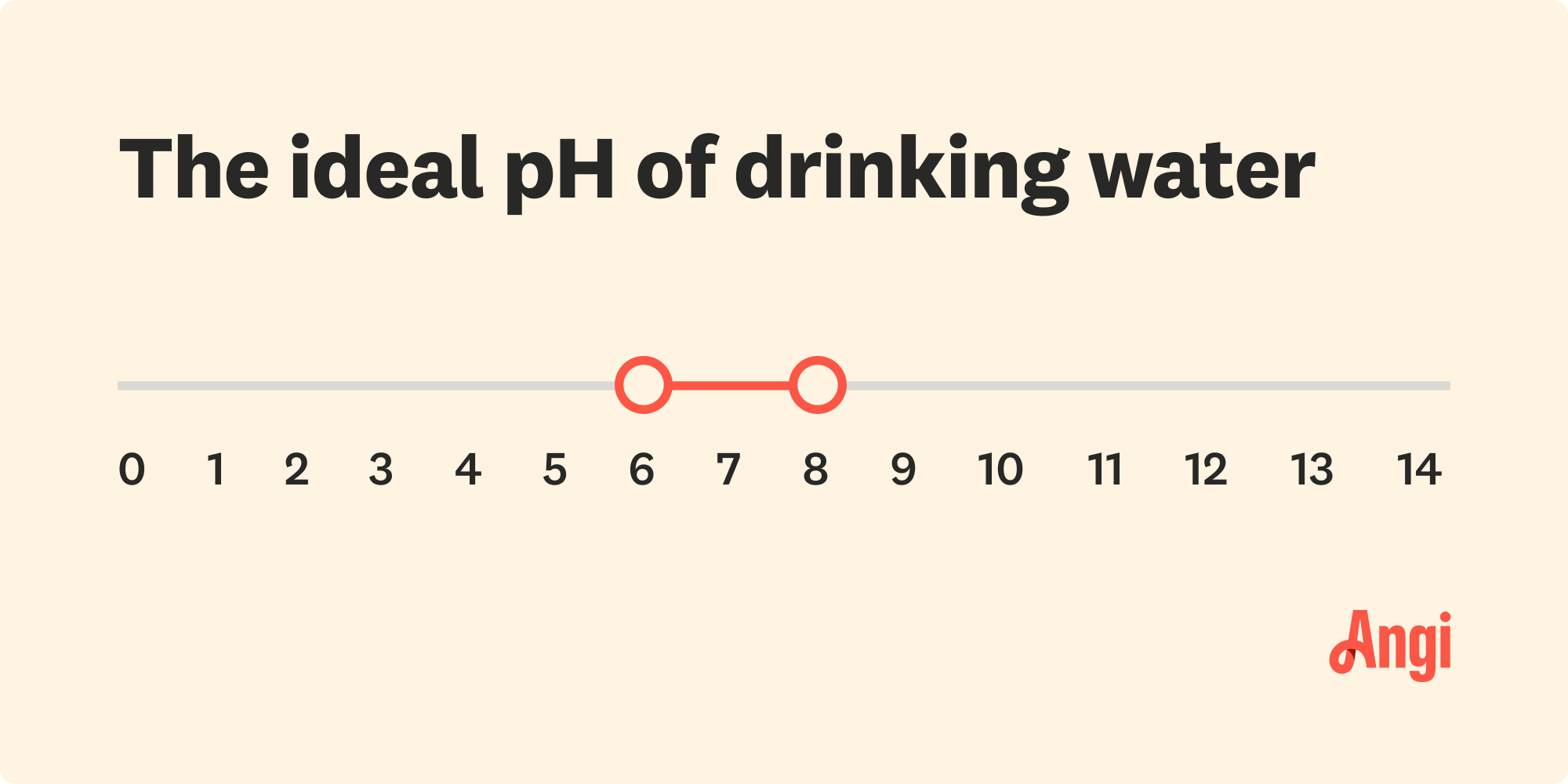
Because the human body likes to stay around a blood pH of 7.4 to keep everything functioning properly, the pH of drinking water should be between 6 and 8. A pH of 7 is ideal because it’s completely neutral (not acidic or alkaline). Water with a pH of 7 is the purest and most balanced drinking water you can get your hands on.
The bedrock, soil composition, and nearby plant growth at the water’s source can impact the pH level of drinking water. You should test your water to determine where your water falls on the scale.
If the drinking water in your home tastes metallic and bitter, it could have a pH level below 7, which can be hazardous to human health. Research from the United States Geological Survey suggests acidic solutions are more likely to leach heavy metals from the environment, which can lead to heavy metal poisoning and toxicity.
Acidic water is also corrosive to your plumbing system. Corroded pipes are prone to leaks and cold leach metals into your drinking water.
While alkaline water (above pH 7) may not pose health risks, it doesn’t taste great. Alkaline water often tastes almost like baking soda. It adds a tinge of bitterness to anything you add it to, including your morning cup of coffee.
Alkaline water can build up in pipes and plumbing fixtures, causing them to be less efficient. Basic water can also be hard water with high concentrations of calcium.
You can easily test the pH of your drinking water by dipping pH test strips (found at most home improvement stores) into a glass of water. Follow the instructions on the test kit to determine if your drinking water is acidic or alkaline.
Another way to test your drinking water’s pH level is to hire a local water treatment specialist who will test the pH and look for other issues in your home water system.
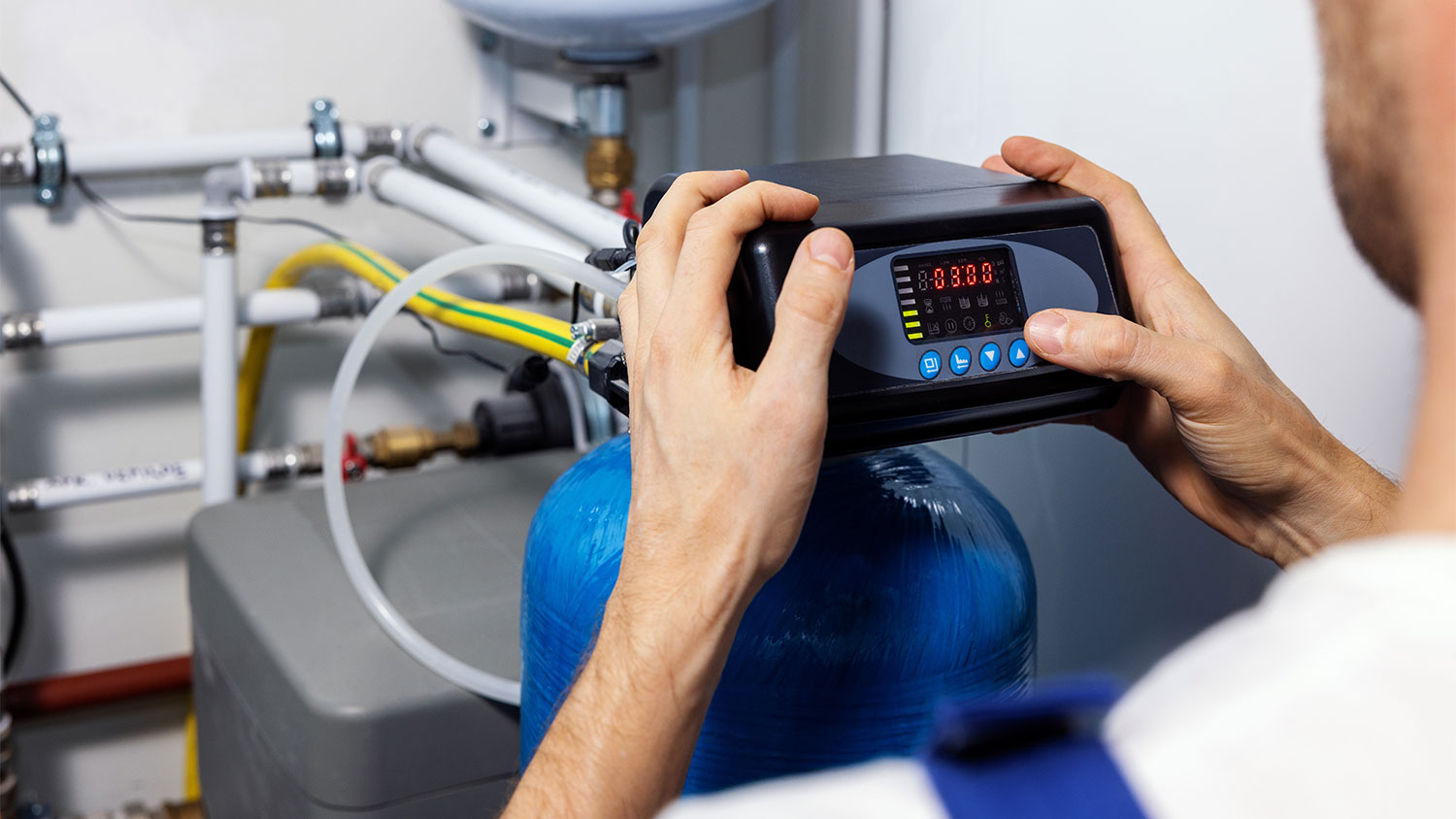
Balance the pH of your home drinking water to keep you and your family safe and healthy. As a welcome bonus, your drinking water will taste deliciously fresh and crisp. Here are a few tools and systems that will help balance the pH of your home’s drinking water.
To neutralize your tap water and balance its pH, install a water filtration system that contains a neutralizing substance. If your tap water is alkaline (above pH 8), use calcium carbonate. If it’s acidic, use a filter with magnesium oxide to bring the water closer to 7.
According to HomeAdvisor, an under sink water filter costs between $200 and $1,300. Countertop machines take up valuable counter space but are often more cost-effective, with prices ranging from $60 to $500.
A whole-house water filter system will filter the water from its point of entry into your home. While these systems are more expensive than smaller point-of-use water filters, they ensure there’s clean and safe drinking water running throughout your home. A whole-house water filter can cost around $1,000 for a standard carbon filter system to over $4,000 for a more advanced reverse-osmosis filter system.
You can also try hiring a local company to install a water softener if your water is basic. Including installation, a water softener system will run you $1,500 on average, according to HomeAdvisor.
From average costs to expert advice, get all the answers you need to get your job done.

How much a water softener costs depends on your home’s size, and the system’s type and capacity. Our expert guide explores all the price factors.
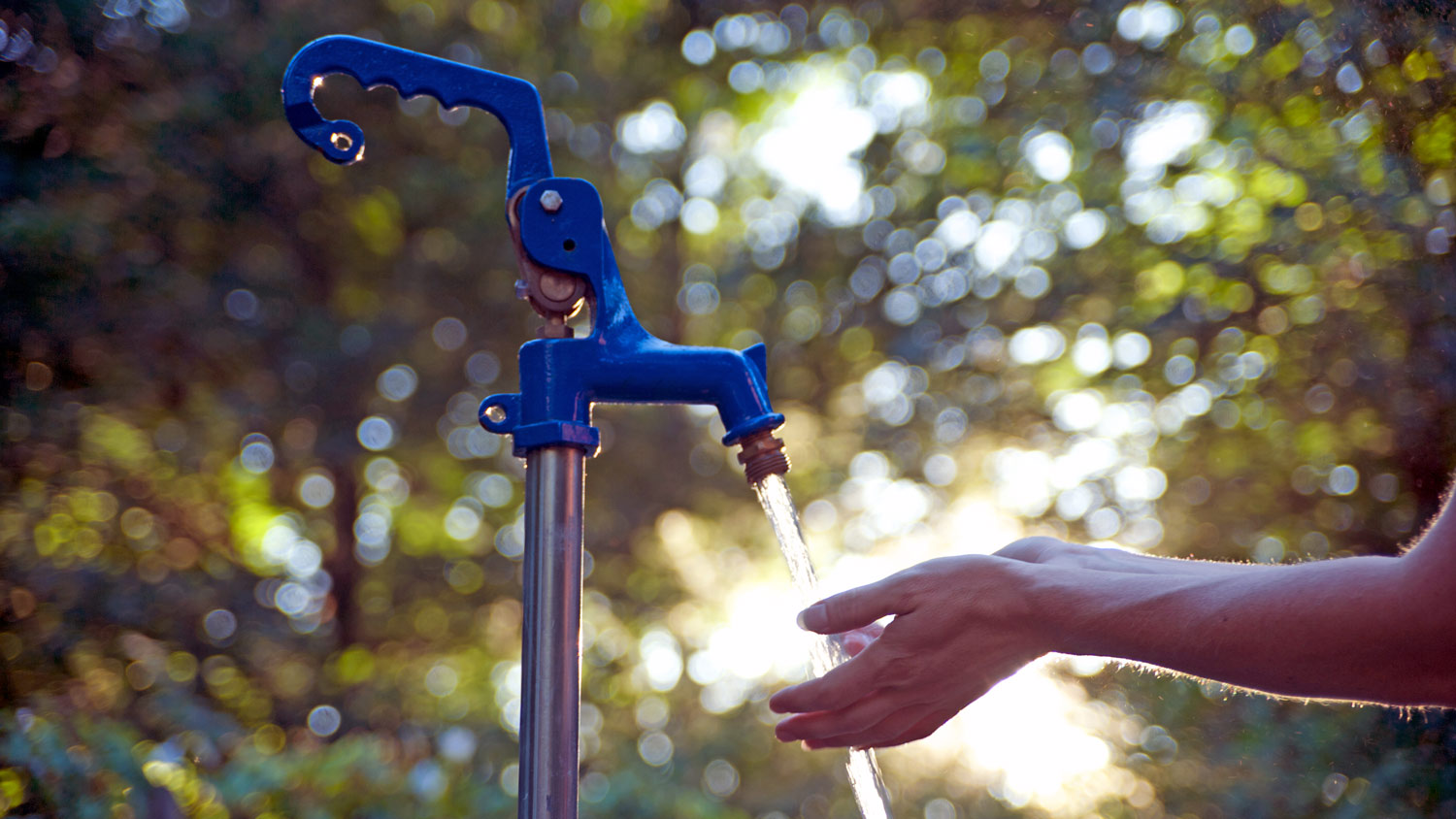
Discover how much well water treatment systems cost, including installation, maintenance, and tips to save. Get expert insights to plan your water system project.
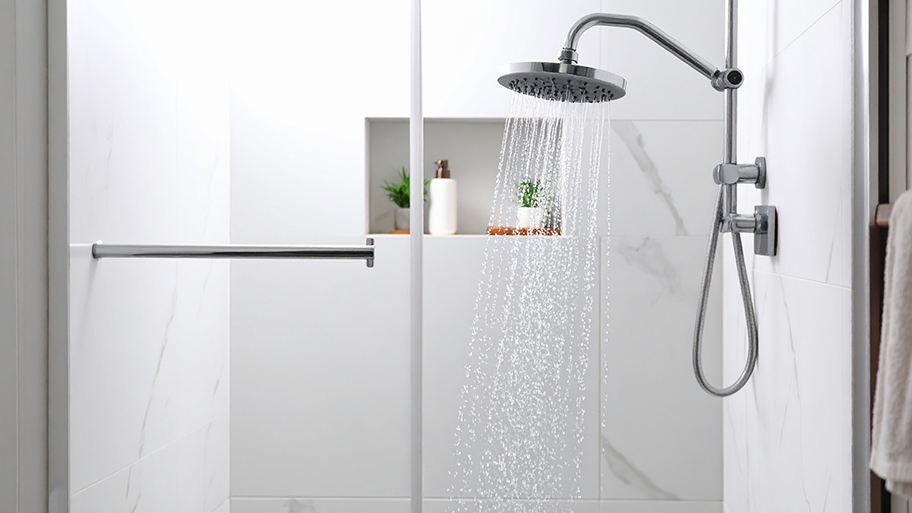
Water softener repair costs can add up, but they’re almost always worthwhile. Use this guide to see what your project is going to cost before you get started.

Discover the key differences between a water filter versus water purifier. Find out which option is best for your household's water needs.

Water softeners and filters might sound similar, but they serve different purposes. Here’s what to know when comparing a water softener versus a water filter.

Water softeners remove minerals from hard water in your home and make your water more pleasant to use. Learn more about how they work here.